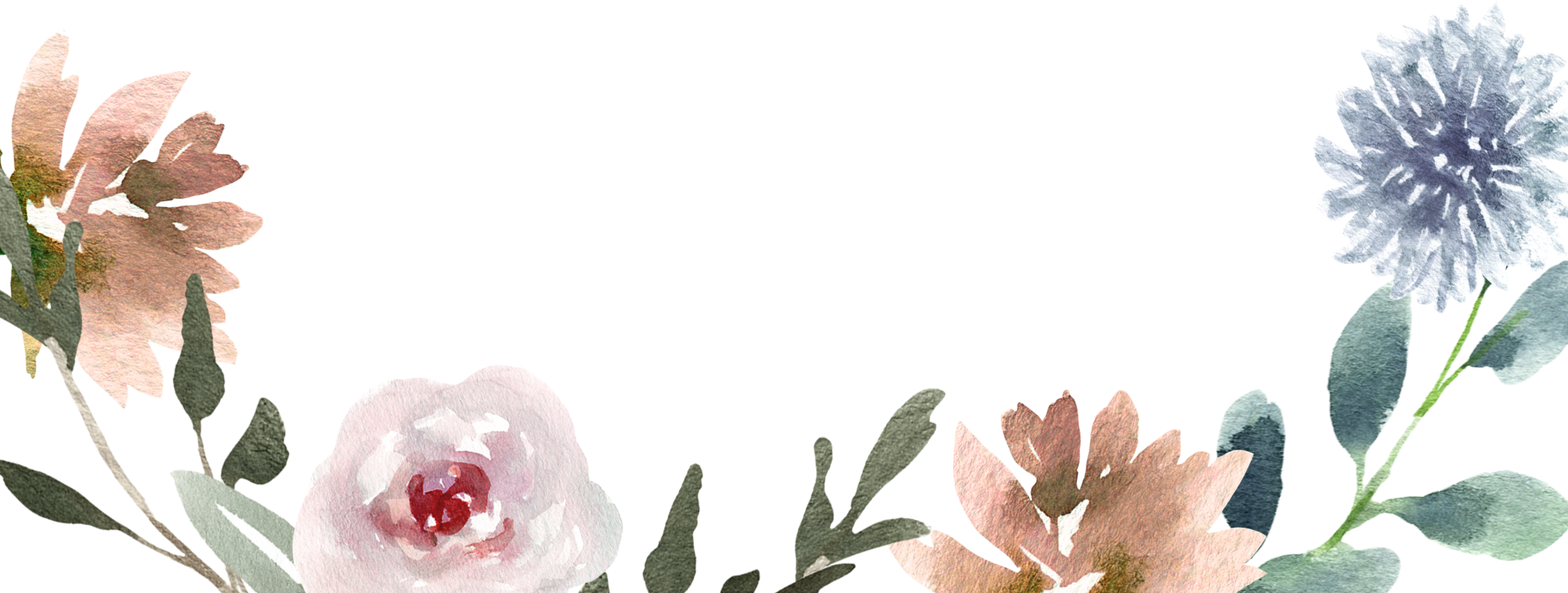
Things To Do
Hunley Conservation Lab
The Hunley was a Confederate submarine that played a small part in the American Civil War. It was the first submarine to sink an enemy ship, the Union vessel Housatonic, in 186412. However, it also sank three times, killing its own crew members, including its inventor Horace L. Hunley. The submarine was built in 1863 to run Union blockades of Confederate ports. It was recovered in 2000 and is now on display in Charleston, South Carolina.
Magnolia Plantation and Gardens
Boone Hall Plantation & Gardens
Fort Moultrie
The first fort on Sullivan's Island, constructed of palmetto logs and sand, was still incomplete when Commodore Sir Peter Parker of the Royal Navy and nine British men-of-war attacked it on June 28, 1776. After a nine-hour battle, the British ships were forced to retire. Charlestown was saved from occupation, and the fort was named in honor of its commander, Colonel William Moultrie. In May 1780, the British finally captured Charlestown, including Fort Moultrie. The city was evacuated in December 1782 as the Revolution entered its final year.
USS Yorktown CV-10
USS Yorktown (CV-10) is an Essex-class aircraft carrier that served in the United States Navy during World War II. Originally named Bon Homme Richard, it was renamed Yorktown in honor of the USS Yorktown (CV-5) that was sunk at the Battle of Midway. The carrier was commissioned in 1943 and served in various roles, including attack aircraft carrier and antisubmarine warfare aircraft carrier.
Fort Sumter Tours
Aiken-Rhett House Museum
Preserved "as found" and frozen in time. Vastly expanded by Governor and Mrs. William Aiken, Jr. in the 1830s and again in the 1850s, the house and its outbuildings include a kitchen, laundry, carriage block and the original quarters for the enslaved people. The house and its surviving furnishings offer a compelling portrait of urban life in antebellum Charleston, as well as a politician, industrialist, planter and enslaver. The house spent 142 years in the Aiken family's hands before being sold to The Charleston Museum and opened as a house museum in 1975.